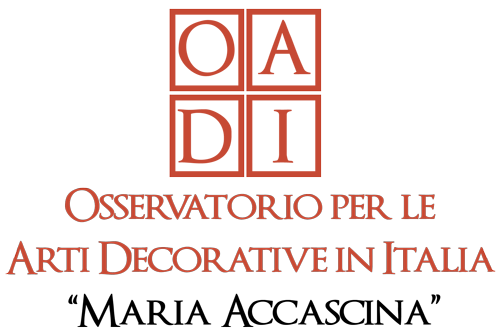Dal 30 giugno al 3 luglio 2011 avà luogo a Lisbona, presso l'Istituto di Scienze Sociali della locale Università, la 42° Conferenza annuale dell'Association For Spanish and Portuguese Historical Studies. Il programma dettagliato dell'evento è disponibile qui . Segnaliamo che il giorno 1 luglio dalle 17.00 alle 18.30 si terrà la sessione 33 sul tema La Sicilia degli Asburgo: Politica, Arte ed Architettura tra Italia e Spagna (1519 – 1700), di cui riportiamo il programma qui di seguito.
Habsburg Sicily: Politics, Art, and Architecture Between Italy and Spain
(1519-1700)
Chairs:
Dr. Sabina de Cavi
Post-doctoral researcher (Ph.D. Columbia University, 2007)
Independent scholar, Rome-Madrid
And
Prof. Luis Ribot
Prof. Catedrático, Universidad Nacional de Educación a Distancia, Madrid
(Dept. of Modern History)
Panel abstract:
A fertile island of the Mediterranean Sea, rich land for Christians and
Muslims, Sicily was a kingdom of the Aragonese crown, since 1282, although it
never depended, like Naples, from the Council of Aragon. Integrated within the
Spanish Habsburg monarchy (as an Aragonese territory) with the election of
Charles V, the island participated to the international politics of Spain until the
end of the Secession War in 1700, when the Spanish protectorate effectively
ended.
Thus Spanish politics and the presence of Spanish vice regal courts (in
both Palermo and Messina) profoundly influenced the external politics and the
culture of the local elites.
On the other hand, the eternal city, Rome, as well as the closer and
dynamic Naples, also proposed for centuries artistic models, educational and
collecting patterns for artists and patrons, offering an alternative and creating a
sort of parallel dependency with the Italian peninsula, which has been
extensively discussed by art and architectural historians to these days.
This panel aims to investigate such intermediary position of Sicily, set
between Italy and Spain, in politics as well as in art, architecture, and
ephemera. It welcomes papers discussing the possible impact of political,
religious, cultural and artistic models from capitals like Rome, Naples, Madrid,
Barcelona and Valencia, in order to problematize the question of Sicily’s cultural
identity.
PAPER 1:
The Palatine Chapel of the Palazzo dei Normanni in Palermo: Religion,
Ritual and Habsburg Civic Ceremonial (XVI-XVII centuries)
Prof. Maria Giulia Aurigemma
Prof., University G. D’Annunzio, Chieti (Dept. of Art History)
PAPER 2:
Power and Devotion in Seventeenth-Century Sicily. Spanish Gifts
Commissioned by the viceroys for the Sicilian Sanctuaries
Prof. Maria Concetta di Natale
Director, Osservatorio per le Arti Decorative in Italia Maria Accascina (OADI)
Prof., Università di Palermo (Dept. of Art History)
PAPER 3:
Literary and Artistic Patronage of a Sicilian Cardinal: Luigi Guglielmo
Moncada-Aragón y La Cerda (Palermo 1614-Madrid 1672)
Dr. Rafaella Pilo
Post-doctoral researcher, Università degli studi di Sassari (Dept. of History)
PAPER 4:
The project for a port-capital for Habsburg Sicily:infrastructures, urban
spaces and power architectures in Palermo between emperor Charles V
and king Philip II (1535-1598)
Dr. Maurizio Vesco
Post-doctoral researcher, Università degli Studi di Palermo
PAPER 5:
The Role of Spanish Patronage in the Architectural Debate of the XVIIth
Century
Prof. Stefano Piazza
Prof. Arch., Università degli Studi di Palermo (Faculty of Architecture)
PAPER 6:
The Pictorial Image of Sicily from Seventeenth-Century Manuscript Atlas
(XVI-XVIII centuries)
Valeria Manfré
Ph.D. candidate, Univ. Autónoma de Madrid (Department of Art History)
